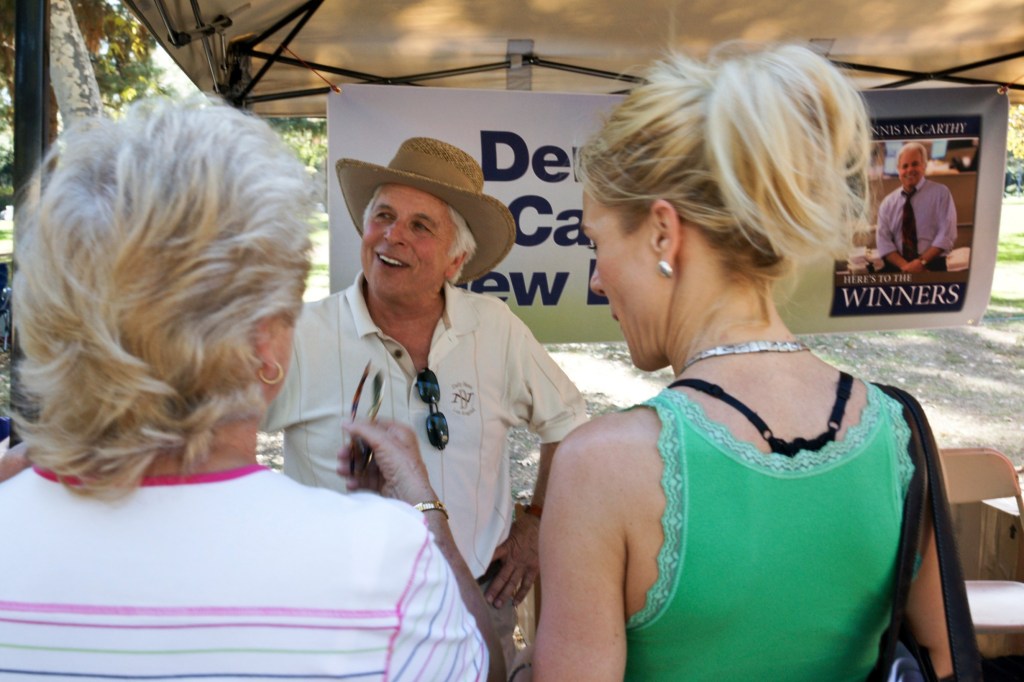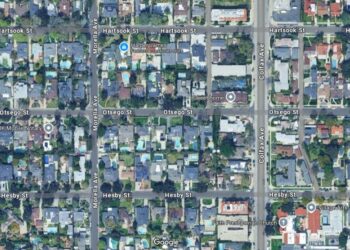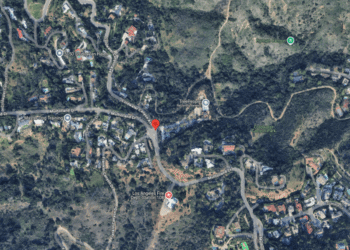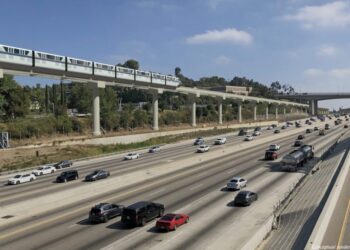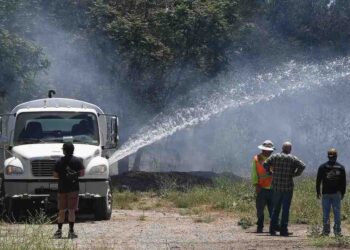Growing up in the ‘50s in Glendale, when just about every driveway had a newspaper on it, it was my job to pick ours up early every morning and have it on the kitchen table so my dad could read the box scores and see how his beloved Yankees were doing before he left for work as a Brinks Armored Car guard.
I never saw his face in the morning. It was always buried behind a newspaper. By 13, so was mine.
When I wasn’t reading the paper, I was delivering it. All my friends were. It was our first paying job, and for me, my first taste of deadline pressure.
If that newspaper wasn’t on my customer’s driveway by 6 a.m., I might as well have kept peddling to Burbank.
People could forgive a lot of things in the Eisenhower ’50s, but walking outside in their robes in the morning, hoping their neighbors didn’t see them, and finding an empty driveway wasn’t one of them.
Three mornings a week, at 5 a.m., I’d ride my bike in the dark to a nearby street corner where two bundles of newspapers had been dropped off under a street light for me to fold and deliver.
We didn’t use rubber bands. We folded the paper in half and stuck one section into the opening of the other, then gave it a quick twist to tighten it. If you did it right, it didn’t come apart in the air.
By 5:30 a.m., I was peddling down sidewalks I knew every crack and bump on — working on my backhand to ‘porch’ the paper for people who were nice and paid every month, sometimes even adding a tip.
For the customers who turned off the lights and pretended they weren’t home when I came around to collect, or ignored my knock, I slid the paper under their car in the driveway.
On my afternoon route, I’d meet the Helms Bakery man, and he’d trade me a glazed doughnut for a paper. Sweetest deal I ever made. I was 13-years-old and in the newspaper business.
Her name was Freda Swedenborg. She was a tall, heavy-set woman who taught high school English, and didn’t bear fools lightly. I was a…
Read the full article here

